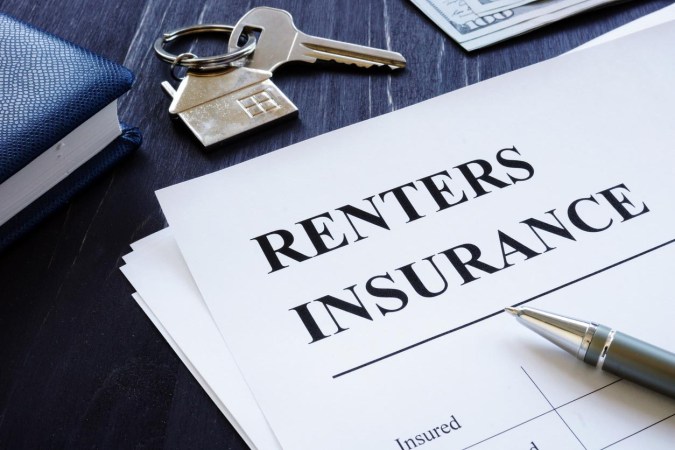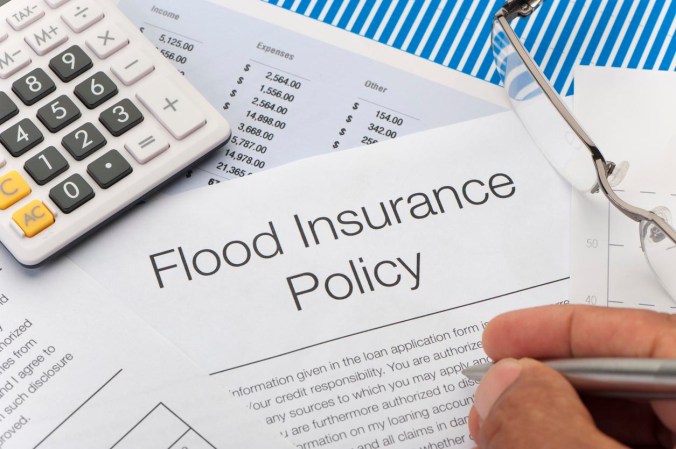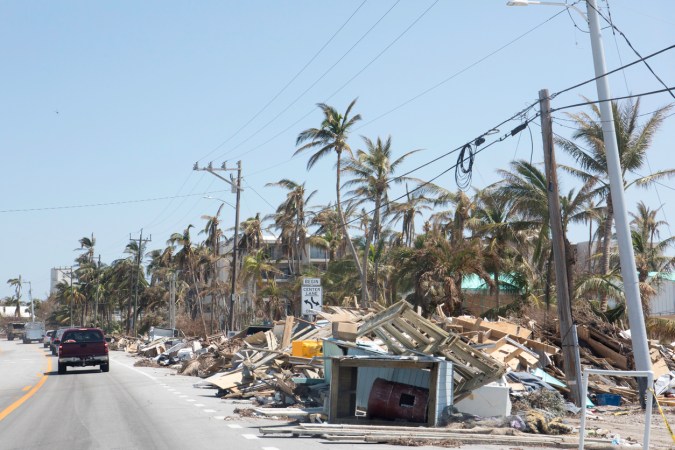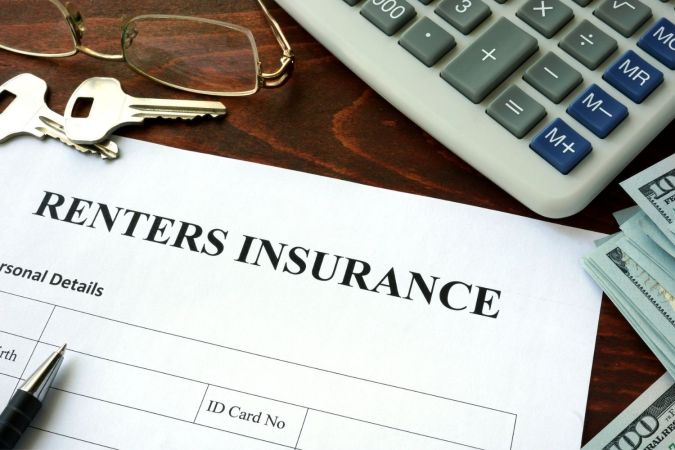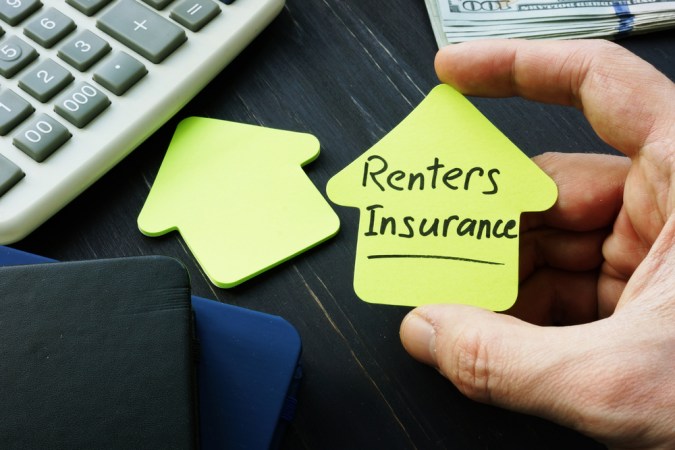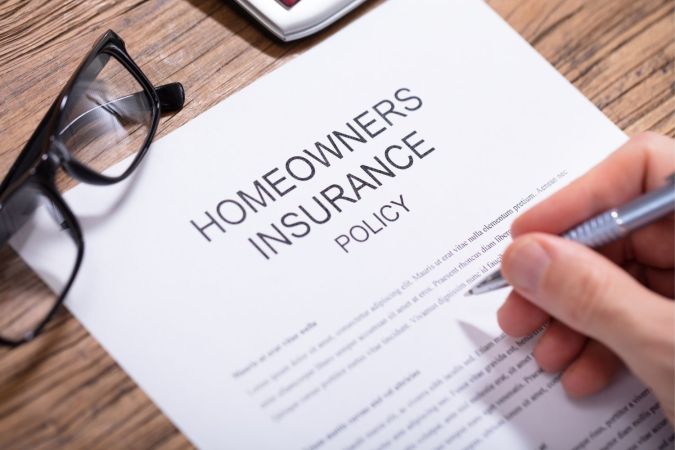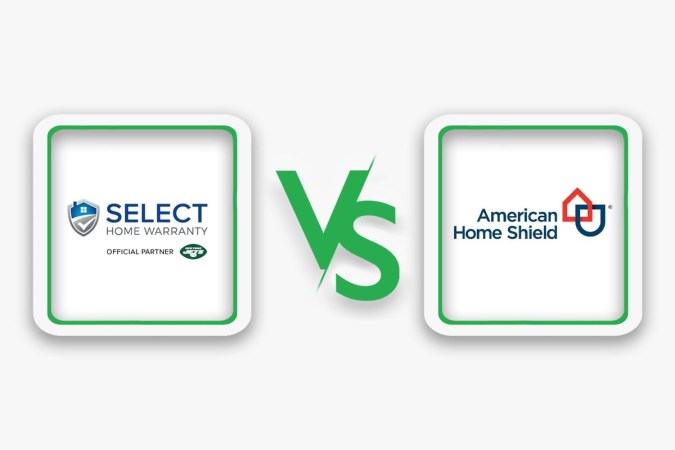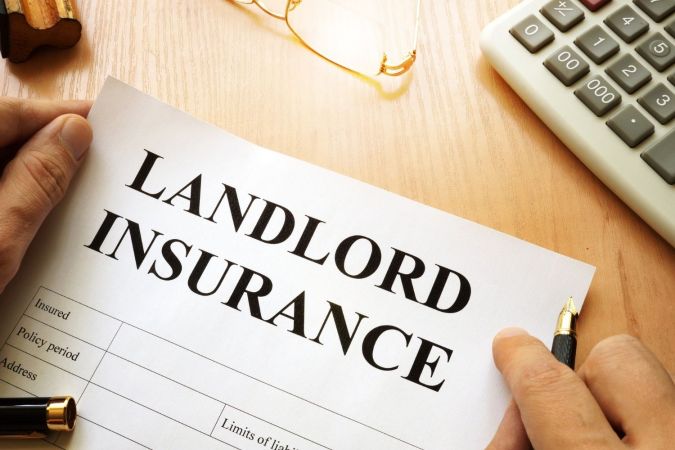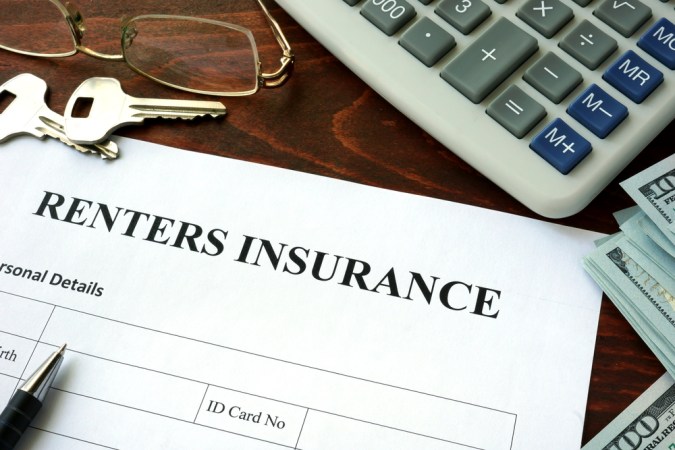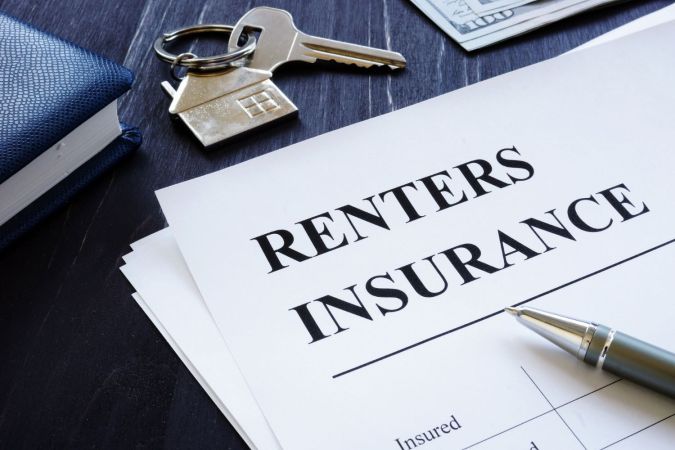We may earn revenue from the products available on this page and participate in affiliate programs. Learn More ›
Q: I’m looking to switch homeowners insurance providers and keep coming across something called AM Best insurance ratings. What do these ratings mean specifically, and how do they help me choose the best insurance company for my needs?
A: AM Best is an agency that analyzes the financial strength of insurance companies and provides a rating for each one to let consumers know how financially healthy the company is. An AM Best rating is assigned to a company based on its creditworthiness and financial strength. It’s important to pay attention to these ratings while shopping for insurance because the financial stability of an insurance company can show consumers that the company has the ability to pay out claims as they arise. This can help customers choose the best homeowners insurance or best mobile home insurance companies that are financially sound and have the ability to pay out claims when in a timely manner. Read on to learn more about what AM Best ratings mean and how consumers can use these ratings when looking for insurance.
AM Best insurance ratings assess an insurance company’s creditworthiness and financial stability.
AM Best insurance ratings are a measure of an insurance company’s financial stability. The AM Best credit rating agency looks at key components of insurance companies’ financial health to assess the creditworthiness of that company.
In order to receive an AM Best rating, an insurance company must first contact their local AM Best business development manager. That representative will request the company to submit a signed rating service agreement and a completed sanctions questionnaire, and to pay a fee. Once AM Best receives this information, it will begin the financial assessment of the insurance company, which takes around 11 to 14 weeks on average.
To judge how financially stable an insurance company is, AM Best examines data such as the business profile, operating performance, balance sheets, and risk management to see how the company is prepared for challenges. AM Best then distills this information into a rating that represents how the company is doing financially and how it can meet its financial obligations, including the ability to pay out claims.
Ratings are issued by AM Best, an independent credit rating agency specializing in the insurance industry.
AM Best is an independent agency that focuses on the insurance industry, so consumers can be confident that AM Best is knowledgeable about how insurance companies work. The company has been operating since 1899, demonstrating a long history of inspecting and understanding insurance companies; in fact, it’s the largest credit rating agency in the world that specializes in the insurance industry. It is headquartered in the U.S. and does business in over 100 countries.
AM Best looks at a wide number of insurance companies and reports that it inspects over 16,000 insurance companies all over the world. Its rating system provides consumers with a good idea of how individual insurance companies pay claims, handle debts, and manage their financial obligations, and whether they do this in a timely fashion. Additionally, AM Best includes commentary, analysis, and research about the insurance companies it investigates.
AM Best analyzes the overall financial performance of companies offering homeowners, auto, health, and many other types of insurance.
AM Best looks at different types of insurance companies in several sectors. Since AM Best looks at key components of how an insurance company operates, such as the strength of the balance sheet, operating performance, enterprise risk management, and the overall business profile, it can inspect insurance companies across a wide variety of markets. The features listed above are key components of insurance companies in any industry, whether they insure cars, homes, health, renters, pets, and mobile homes, in addition to just about anything else that can be covered by insurance.
No matter what type of insurance consumers are in the market for, they can check the AM Best rating for any insurance company they’re considering to see how quickly and efficiently a company generally pays its claims. For example, those who are looking into how to get renters insurance may want to review the AM Best ratings for their short-list of insurers to determine the ones that are the most financially healthy.
The agency reviews balance sheets, operating performance, business profiles, and enterprise risk management when grading an insurance provider.
AM Best looks at four main categories. Balance sheets, in particular, can give a strong indication of how financially viable the company is. These documents show how well the insurance company manages outstanding debts as well as whether the company is profitable. This in turn can give consumers confidence in an insurance company’s continuing ability to pay out claims.
Enterprise risk management (ERM) refers to how an insurance company identifies and manages risks relating to its business operations. Well-planned ERM encompasses the whole firm. This is a strong indication of how an insurance company can weather disasters. The risks can include everything from market downturns to cybersecurity threats. AM Best assesses ERM because an insurance company that has a strong understanding of potential risks and a plan to combat them will likely have more financial stability and a better long-term outlook.
Operating performance and a company’s business profile both show how successful an insurance company is against its competitors. AM Best also looks at investment risks and underwriting risks when evaluating a company’s ability to pay out claims.
AM Best’s financial strength ratings are assigned based on a scale of A++ to D, ranging from “superior” to “poor.”
A benefit of AM Best is that its rating system is fairly easy to understand, so consumers can get an accurate view of how financially healthy each insurance company is. Rating Symbols start at A and go to D, with A being the highest and D being the lowest. Rating Notches are included to provide more information about where the rating falls within each letter grade; Rating Notches are denoted by one or two plus signs, or one minus sign.
AM Best uses Rating Symbols to grade each insurance company along with Rating Categories, which run from “superior” to “poor.” A Symbols can range from “superior” to “excellent”; B Symbols can range from “good” to “fair”; C Symbols can range from “marginal” to “weak”; and a D Symbol is “poor.” Plus or minus signs (Notches) alongside the Rating Symbols show consumers the true AM Best rating for each company. The ratings are as follows:
- Superior: A++ or A+
- Excellent: A or A-
- Good: B++ or B+
- Fair: B or B-
- Marginal: C++ or C+
- Weak: C or C-
- Poor: D
The ratings provide a measure of a company’s ability to keep up with its ongoing obligations. A company with a “poor” rating is more at risk of being unable to pay out claims if it experiences financial distress.
Not all insurance companies hold AM Best ratings—but that may simply mean they have not yet been rated.
Sometimes consumers may run into an insurance company that does not have an AM Best rating, but that doesn’t mean that the company’s financial health is in question. AM Best may simply have not rated the company yet. This may be the case for newer insurance companies or smaller, locally owned ones. The reason for this is that AM Best evaluates a company’s past performance during its rating process, and newer companies likely don’t have enough data for the agency to examine in order to reach a conclusion about the company’s financial strength. Newer companies may need to be operational for several years before getting an AM Best rating for this reason.
For example, insurers such as Access Auto Insurance, Bamboo Insurance, and Lemonade aren’t currently rated by AM Best, and Openly Insurance is not rated but states that all its partners are rated A- (“Excellent”) or better by AM Best. Customers may still want to add unrated companies to their list of ones to check out alongside AM Best-rated companies such as Allied Trust Insurance, Nationwide, State Farm, and Allstate depending on how each insurer is able to meet their needs.
Remember, AM Best is continually monitoring over 16,000 insurance companies all over the world. With digital insurance offerings becoming more popular, new insurance companies are joining the market more frequently; therefore, it’s possible AM Best has not yet looked at a newer company and assigned a rating. If that’s the case, consumers can look for other measures such as Consumer Reports reviews, Better Business Bureau (BBB) listings, or Trustpilot scores.
These ratings can help consumers check the financial strength of insurance companies when shopping for a policy.
AM Best ratings can be a powerful piece of data when it comes to researching insurance companies: The rating shows how financially stable a company is over the long term. The most important part of these insurance company ratings is that they tell consumers how likely an insurer is to pay out claims to policyholders. A financially healthy insurance company can more easily meet its financial obligations.
When shopping for homeowners insurance or any other type of insurance, an easy way for consumers to keep track of their research is with a spreadsheet. Along with each company’s name, consumers can include several rows outlining the attributes and details of each company they’re considering, along with its AM Best rating. This helps consumers compare their top insurance companies side by side.

Customers may feel more comfortable buying insurance from companies with high AM Best insurance ratings because of their strong financial outlook.
A company with a high AM Best rating, such as Allstate, may provide peace of mind for customers, especially when shopping for homeowners insurance or other essential policies. With AM Best’s long history of analyzing insurance companies, it has access to key information to help it assess individual companies’ financial strength. This is something the majority of consumers won’t have the ability (or access) to do.
However, AM Best ratings alone don’t replace other forms of research consumers can undertake when assessing potential insurance companies. Consumers may also choose to read company reviews, compare pricing information, review BBB ratings, and look into customer satisfaction ratings such as the National Association of Insurance Commissioners (NAIC) complaint index or a company’s J.D. Power score.
Companies with high AM Best ratings can be expected to consistently pay out claims and meet their other financial obligations as insurance providers.
A strong financial outlook typically means that a company knows how to run its operations at the highest level. It can keep up on obligations and has a better chance of paying out claims, since it’s not on the edge of bankruptcy.
Sometimes people figure they’ll save some money by going with a smaller, unknown insurance company. They might look at the lower premiums without considering other key information. When a customer makes a claim, however, they may find it difficult to get their insurer to pay out in a timely manner, if at all. This can happen when an insurance company is not financially stable and either doesn’t have the funds to pay out or is unwilling to. That’s where looking at the AM Best rating can help consumers avoid a huge headache and potential financial ruin by choosing the best insurer from the get-go.
AM Best ratings are often updated once a year—but possibly sooner if a company’s financial health is affected by a major development.
Another positive of AM Best ratings is that they are assessed on an ongoing basis to keep them up to date. The score consumers look up is the most recent score within the last year.
However, AM Best also closely monitors the industry to make sure any major developments are reflected in the scores. For instance, if an insurance company were to have a major data breach that had long-ranging consequences for operations across the company as well as its customers, AM Best would likely update that score in its system so consumers would see the most accurate ratings.
When buying insurance, it’s important to check the provider’s AM Best rating—but also consider cost, coverage, service area, and other factors.
Customers looking for insurance will want to keep in mind that it’s important to look at factors other than the AM Best rating. While it is an important measure of an insurance company’s financial stability, there are other factors that can make the difference between the most and least ideal options for each consumer.
Consumers will want to look at the policy as a whole to make sure it offers the exact coverage they need at a cost that fits into their budget. They can also check to make sure an insurance company offers coverage locally, as some do not operate in all states and areas. While a “Superior” A++ AM Best rating is certainly a good indicator of a company’s strength, it doesn’t mean much if an insurance policy is too expensive or the company doesn’t offer coverage in the consumer’s state. Therefore, it’s important to look at the big picture rather than just one or two factors when choosing the right insurance company.


